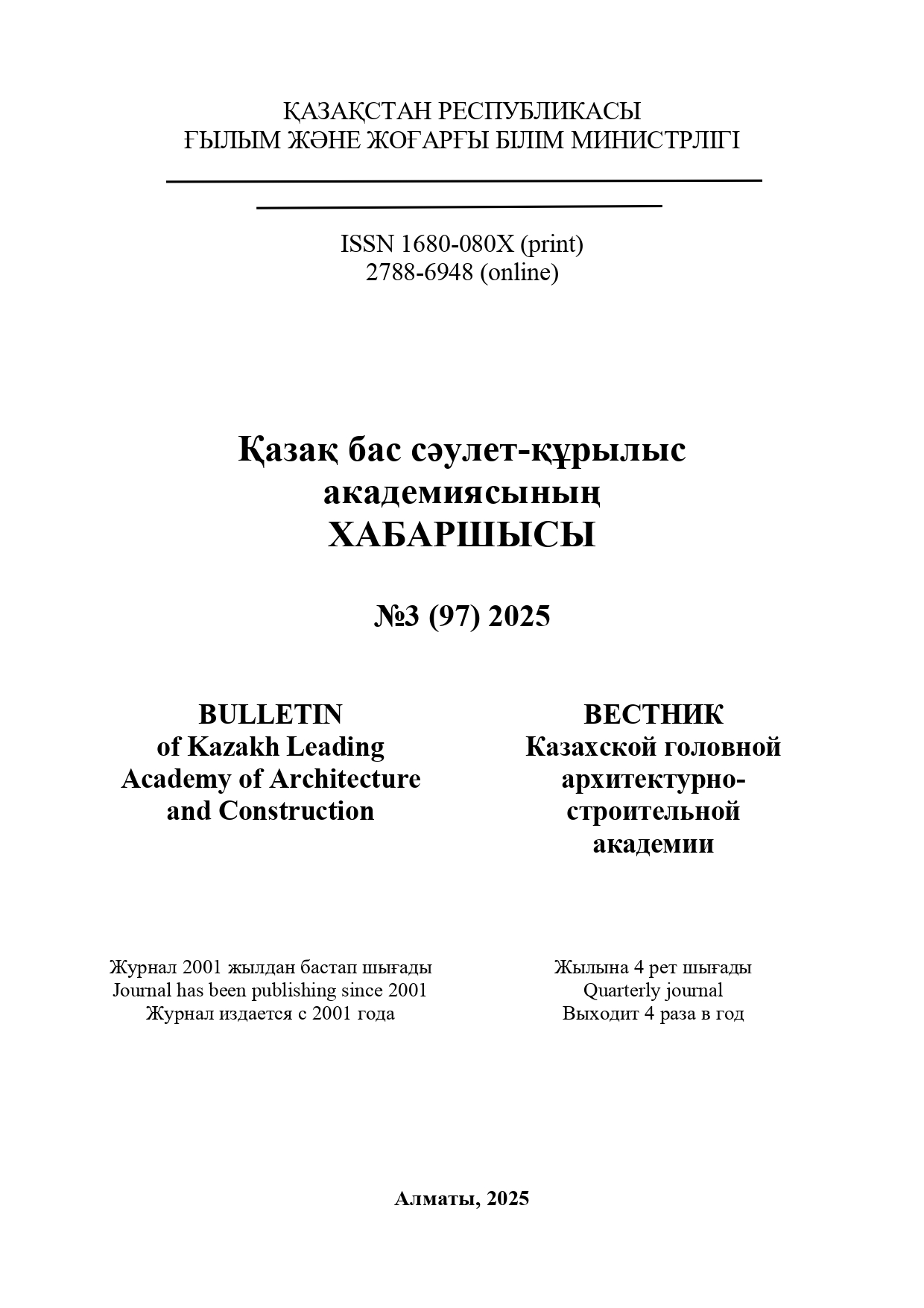Abstract
The study presents an overview of several experimental techniques used to determine the strength and bearing capacity of concrete. During the research, special attention was paid to how the quality of the mix and curing conditions influence the reliability of the results. The experiments were carried out on cube, prism, and cylinder specimens that were tested at different stages of hardening. The obtained data helped to trace how the internal structure of concrete changes with time and to identify the factors that most strongly affect its load resistance. Compressive and flexural strengths were determined using three specimen types: cubes, prisms, and cylinders. Ten samples of each shape were produced and tested at different ages over a curing period of 180 days. These experiments allowed calculation of the coefficient of variation and tracking of strength development over time. Results showed that destructive testing provides dependable data on the mechanical response of concrete under load. The total specimen volume did not significantly influence strength; however, widening the cross-sectional area at the upper surface tended to reduce resistance and foster the formation of micro-cracks. Conversely, smaller sections demonstrated higher strength values and more stable variation coefficients. The findings also underline the limitations of relying solely on average strength indicators.


